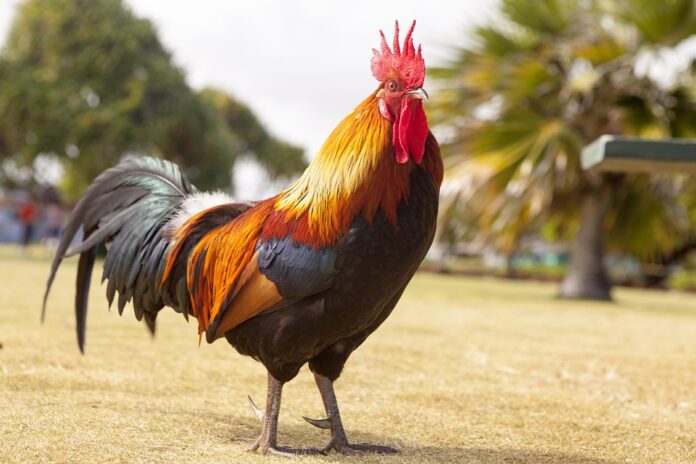Poultry Disease Management and Biosecurity Strategies Globally
Poultry disease management and biosecurity strategies are crucial aspects of maintaining the health and productivity of poultry flocks worldwide. In this report, we will explore the current trends, challenges, and best practices in poultry disease management and biosecurity on a global scale.
Global Poultry Industry Overview
The poultry industry is a significant sector of the global agriculture industry, providing a vital source of protein for human consumption. According to data from the Food and Agriculture Organization (FAO), the global poultry meat production reached over 130 million tonnes in 2020, with a market value exceeding $250 billion.
Key Players in the Global Poultry Industry
Major players in the global poultry industry include Tyson Foods, JBS S.A., Cargill, Inc., and BRF S.A. These companies operate on a global scale, with extensive poultry production and processing facilities in various countries.
Global Poultry Disease Management Challenges
Poultry diseases pose a significant threat to the health and productivity of poultry flocks worldwide. Common poultry diseases include avian influenza, Newcastle disease, infectious bronchitis, and coccidiosis. These diseases can result in high mortality rates, reduced egg production, and decreased meat quality, leading to significant economic losses for poultry producers.
Poultry Disease Management Strategies
Effective poultry disease management requires a multifaceted approach that includes vaccination, biosecurity measures, proper nutrition, and early detection and treatment of diseases. Vaccination is a critical component of poultry disease management, as it helps to prevent the spread of infectious diseases within flocks.
Biosecurity Measures in Poultry Farms
Biosecurity measures play a crucial role in preventing the introduction and spread of poultry diseases on farms. Key biosecurity practices include controlling access to poultry facilities, disinfecting equipment and vehicles, and implementing strict hygiene protocols for farm workers. By implementing robust biosecurity measures, poultry producers can minimize the risk of disease outbreaks and protect the health of their flocks.
Global Trends in Poultry Disease Management
In recent years, there has been a growing emphasis on the use of technology and data analytics in poultry disease management. Advanced technologies, such as sensor-based monitoring systems and artificial intelligence algorithms, are being utilized to track poultry health metrics, detect disease outbreaks early, and optimize treatment protocols. These technological advancements are helping poultry producers improve the efficiency and effectiveness of their disease management strategies.
Financial Implications of Poultry Disease Management
The financial impact of poultry diseases on the industry can be significant, with disease outbreaks leading to substantial losses in terms of production, revenue, and market share. According to a report by the World Poultry Foundation, the global poultry industry loses billions of dollars annually due to disease-related issues. As a result, poultry producers are increasingly investing in disease management solutions to mitigate these financial risks and ensure the long-term sustainability of their operations.
Investment in Disease Management Technologies
Poultry producers are investing in advanced disease management technologies to improve the health and productivity of their flocks. Companies like Zoetis, Elanco, and Boehringer Ingelheim are leading providers of poultry health products and services, offering a range of vaccines, medications, and diagnostic tools to help poultry producers combat disease outbreaks effectively.
Economic Impact of Disease Outbreaks
The economic impact of disease outbreaks in the poultry industry extends beyond the direct costs of treatment and loss of production. Disease outbreaks can also have ripple effects throughout the supply chain, affecting feed suppliers, processing facilities, and distribution channels. As a result, poultry producers are increasingly focused on implementing robust disease management strategies to safeguard their operations against unforeseen challenges.
Conclusion
In conclusion, poultry disease management and biosecurity strategies are critical components of maintaining the health and productivity of poultry flocks globally. By implementing effective disease management practices, poultry producers can minimize the risk of disease outbreaks, protect their financial interests, and ensure the sustainability of their operations in the long term. As the global poultry industry continues to evolve, advancements in technology and data-driven solutions will play an increasingly important role in shaping the future of poultry disease management.




